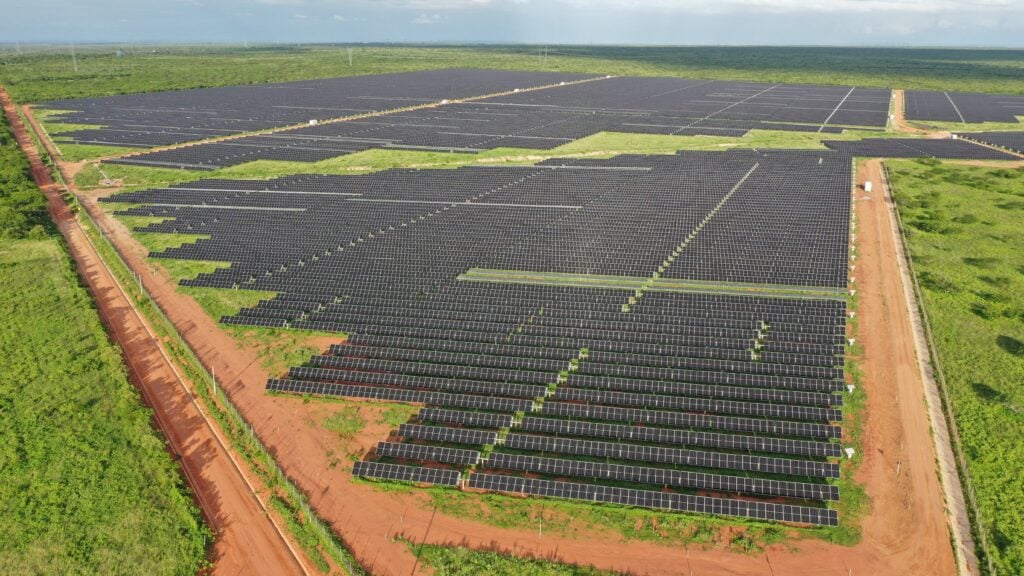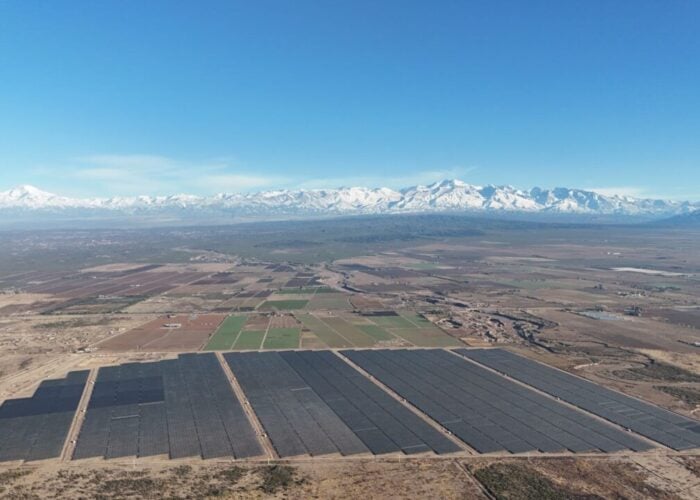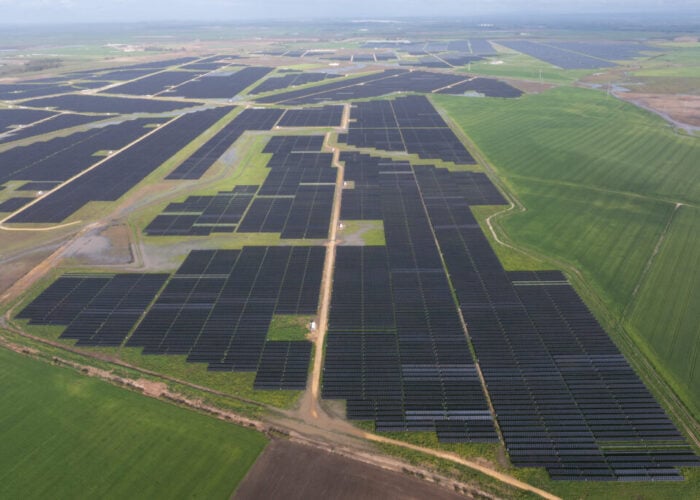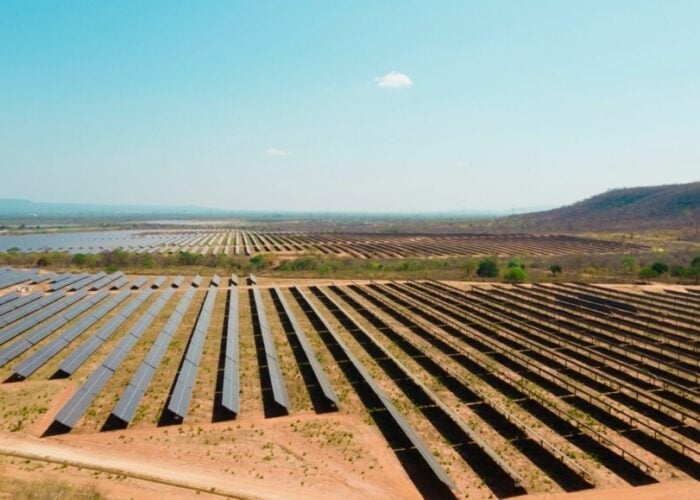
Renewable energy curtailment in Brazil is set to reach 8% across the country, and be as high as 11% in the north-east, by 2035, according to analyst Wood Mackenzie.
The analyst notes that this is driven by a combination of significant renewable energy installations and a lack of investment in grid capacity. Brazil added 5.6GW of new solar capacity in 2024, more than any other renewable energy technology, and Wood Mackenzie expects Brazil to add 76GW of new solar and onshore wind capacity through 2035.
Try Premium for just $1
- Full premium access for the first month at only $1
- Converts to an annual rate after 30 days unless cancelled
- Cancel anytime during the trial period
Premium Benefits
- Expert industry analysis and interviews
- Digital access to PV Tech Power journal
- Exclusive event discounts
Or get the full Premium subscription right away
Or continue reading this article for free
This trend could be intensified by recent political activities in Brazil, such as a proposed reform to the energy system. Currently, solar projects with a capacity of less than 300MW receive a 50% discount on costs to connect to electrical transmission and distribution systems – which has encouraged the deployment of small-scale solar projects in particular, with Wood Mackenzie expecting small-scale projects to represent 48% of total installations to 2034 – but a draft law reform would see this applied exclusively to contracts currently in effect.
“Brazil’s infrastructure development cannot keep pace with the surge in energy oversupply expected this decade, particularly during peak solar generation hours between 8am and 5pm,” said Marina Azevedo, senior power analyst for Wood Mackenzie. “Even with 11GW of new transmission capacity planned by 2029 – including the new Silvania-Graça Aranha bipolar line – curtailment rates will continue climbing exponentially.”
Concerns about available grid capacity in Brazil echo similar challenges faced across South America. Chile, another leader in the South American solar sector, saw a record 6TWh of solar and wind curtailment in 2024, and this trend is likely to continue unless grid capacity can be significantly improved in the future.
Wood Mackenzie described battery energy storage systems (BESS) as a “critical solution” for this issue, encouraging Brazil to transition to a more flexible energy mix.
“Transmission capacity additions alone will not solve the curtailment scaling problem,” said Fernando Dorand, power analyst at Wood Mackenzie. “Demand response measures and batteries will help absorb the energy oversupply from the north-east. Batteries will enable generators to convert that wasted energy into power arbitrage opportunities and reverse the profit losses they face.”






